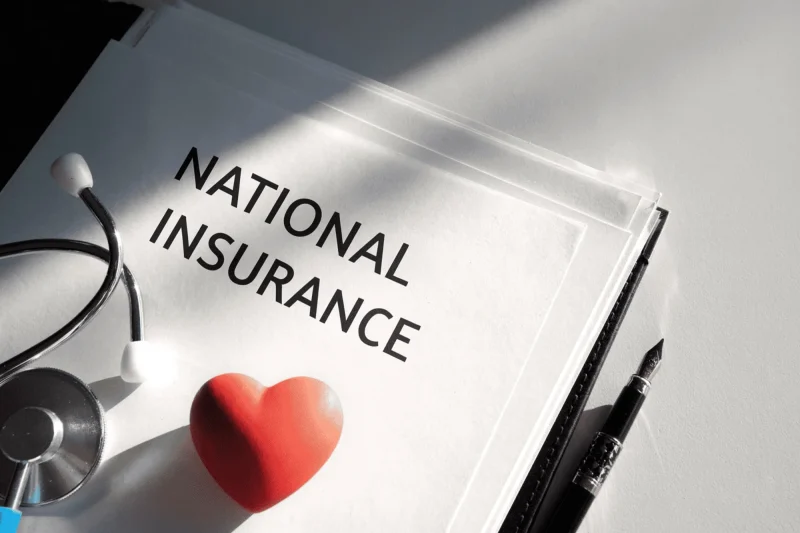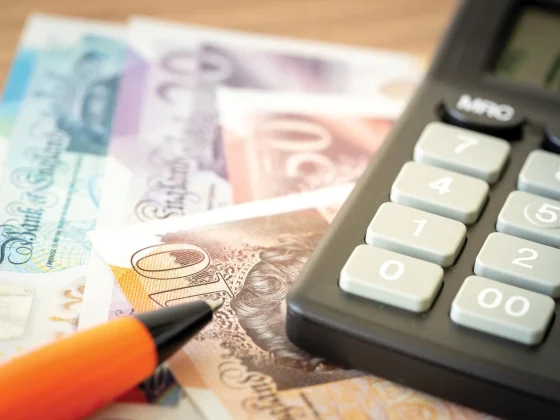When you start building a life in a new country, there are many practical steps: renting a home, opening a bank account, registering with a GP, finding a job… and one more thing you might not be familiar with but is very important: the National Insurance (NI) Number.
The name might sound technical, but don’t worry—it’s simpler than it seems. Let’s break it down.
🔒 What Exactly is a National Insurance Number?
A National Insurance Number is a unique personal identifier for anyone living in the UK aged 16 or over who is working, paying tax, or contributing to social security.
Think of it as a work-and-benefits ID rather than a general identity number. It allows the government to keep track of:
- Your income,
- How much tax and National Insurance you pay,
- Your state pension contributions,
- Your eligibility for certain benefits.
It’s not just “paperwork”—it’s one of the foundations of your life in the UK.
🧾 Why Do You Need It?
You’ll need an NI Number for many key situations, such as:
- Starting a job (part-time or full-time),
- Working freelance or self-employed,
- Applying for benefits,
- Building up state pension rights.
In other words, if you want to live and work actively in the UK, this number is your “key to the system.”
🤝 Who Can Apply?
Not everyone automatically receives an NI Number. You can apply if you:
- Live in the UK,
- Have the right to work in the UK,
- Are working, job hunting, or have a confirmed job offer.
👉 You don’t need to wait for the number to start work—employers just need proof that you have the right to work. You can give them your NI Number once it arrives.
Once issued, your NI Number is yours for life. It doesn’t change, even if your personal details or address do.
🌐 The Application Process
The process is now fully online via GOV.UK.
Steps:
- Go to the GOV.UK website and fill out the “Apply for a National Insurance Number” form.
- Provide personal details, your UK address, and information about your work status.
- Verify your identity. You may need:
- Passport (any nationality),
- National ID card (from the EU, Norway, Liechtenstein, or Switzerland).
📸 You might also be asked to upload photos, such as:
- A picture of you holding your passport,
- Photos of supporting documents.
If you can’t upload photos, you can still apply, but you may be invited to an in-person interview.
After submitting, you’ll receive an email with a reference number confirming your application. In most cases, your NI Number will arrive by post within 4 weeks.
If it takes longer, or if you change your address or personal details, you should call the application helpline (contact details on GOV.UK) and provide your reference number.
💼 Who Pays National Insurance Contributions?
Whether you pay depends on your age and income:
- If you’re employed and earn more than £242 per week, you must contribute.
- If you’re self-employed and make more than £12,570 profit per year, you must contribute.
If your income is lower (e.g., £125–£242 per week, or £6,845–£12,570 profit if self-employed), you don’t have to pay, but your contributions are still “protected.” That means those years still count towards your state pension entitlement.
⚠️ Thresholds change each tax year, so always check the latest figures on GOV.UK.
✨ Final Thoughts
At first, the National Insurance Number might seem technical or confusing, but it’s simply your gateway into working life and social security in the UK. It’s not just a number—it’s proof that you’re officially part of the system.
The process may feel overwhelming at times, but once it’s done, you’ll use this number throughout your life in the UK.
For the latest information and support, always refer to official GOV.UK resources.
💌 Remember: everyone who moves to the UK goes through this, and over time, all these steps become second nature.










